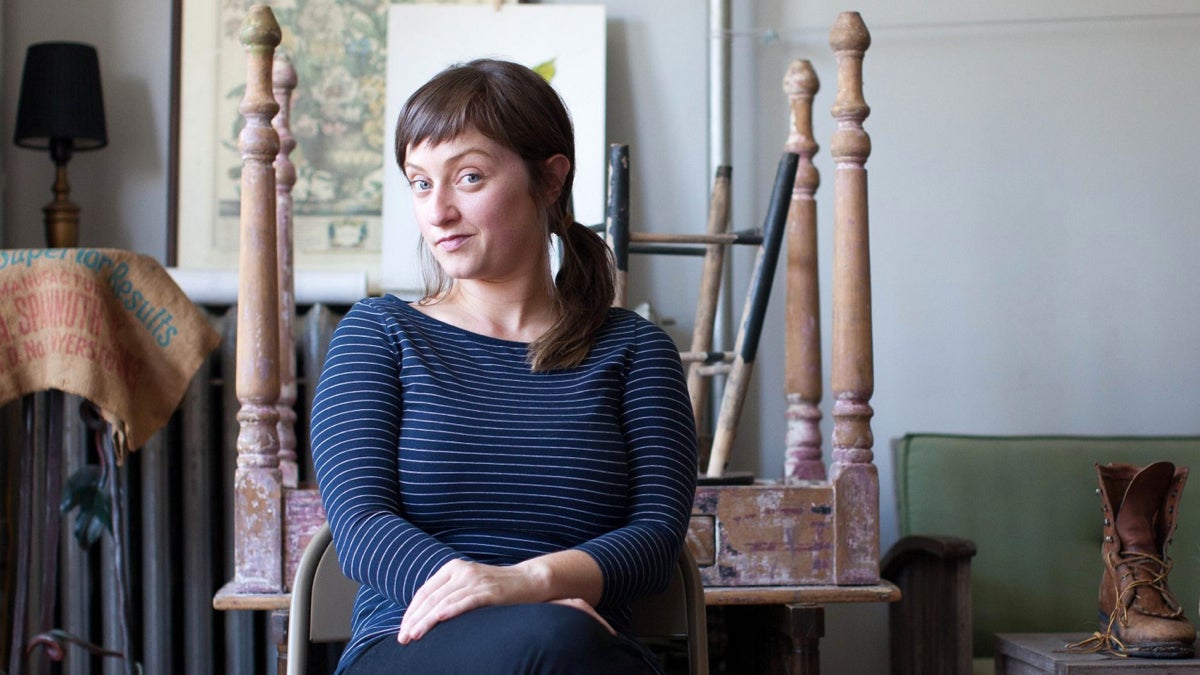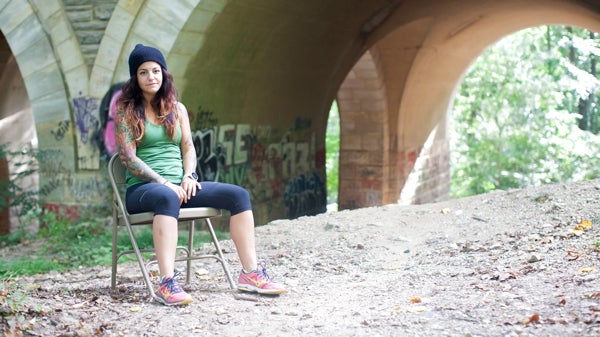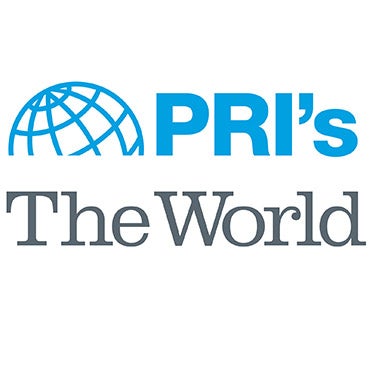Portrait project brings stories of recovery out of ‘the rooms’
Listen
Jillian Bauer includes her own story in her ongoing portrait series
Jillian Bauer has found a lot of support in “the rooms.”
That’s shorthand for meetings of recovery groups, like 12 step programs.
The rooms might be church basements, community spaces, daycares or even kitchens.
Anyone is welcome.
For decades, millions of people have entered these rooms, sharing stories with one another, finding inspiration and hope.
“These are just your average humans overcoming adversity and really transforming their lives,” says Bauer.
Bauer, a 31-year-old photographer who teaches journalism at Temple University, gives a lot of credit to the rooms in her own recovery.
But it took her a long time to walk in.
She says it took her a while to see herself as having a problem because she didn’t realize that in the rooms “there were a lot of people like me, and not the stereotype that I had in my mind of what an addict or an alcoholic is.”
Bauer says that’s in part because such stories stay in the rooms.
Recovery groups follow a longstanding tradition of anonymity.
There are many reasons and layers to it, including to protect people’s identity.
Bauer says she’s not trying to challenge this, but she has her own version of anonymity, walking a delicate line with her ongoing portrait series, The Rooms Project.
She started it last year, and the idea is to feature some of the candid stories one might hear in those rooms.
“I want to make that accessible to other people, to de-stigmatize the disease,” she says.
Bauer has featured nearly 30 volunteers so far, mainly those who’ve contacted her through social media.
For each one, she includes a portrait and a non-narrated audio piece she compiles from interviewing them about their addiction.
“It’s essentially one addict or alcoholic telling their story to another addict and alcoholic the same way they would tell their story at a meeting or to someone who’s new and curious about recovery,” she says.
When moving a browser over a photo, that person’s sobriety date appears. In all of her portraits, Bauer has people sit in a folding chair, the same way they would be sitting while listening or telling a story in the rooms.
Except, they’re not in the rooms.
“They’re in their own environment,” says Bauer. “Which tells you a little bit more about who they are as a person, where you would see them in real life.”
Maybe it’s their bedroom, or a street corner near work. For Chelsey Cain, it was the middle of a jogging trail in Wissahickon Park.
 Chelsey Cain. (Photo by Jillian Bauer)
Chelsey Cain. (Photo by Jillian Bauer)
“When I first got clean, my goal was to not want to get high all the time,” one can hear her explain in her audio story.
Cain went from being in prison to now running marathons.
“That’s insanely inspirational to me,” says Bauer.
As for Cain, she says she wanted to participate so friends, family and the public have a better understanding of who she is, “what it is to be an addict, and what it is to a productive member of society.”
Below her portrait, Bauer highlights a quote from Cain’s interview:
“My mom still gets a kick out of the fact that I’m a runner, but now my parents actually brag about it. And I think that it’s goofy and I tell them to stop, but then I realize that not so long ago if somebody asked about their daughter, their daughter was in state prison. And although they’ve always loved me, that’s not something that you really want to shout from the top of a rooftop, you know?”
Bauer’s photos and audio stories make a lot of references to the rooms, and it can feel promotional. But the culture of anonymity is also a heated, sensitive part of the recovery community, and some members have asked that she not mention specific programs by name.
That’s fine by her.
Bauer says she wants to respect the community that she’s still actively involved in. She says she’s only interested in connecting with people who want to be public about their recovery.
“Once the name [of specific groups] was left out, nobody has really directly approached me that the whole thing is an issue,” she says. “however I have had people hint at why they’re not participating in it.”
For Bauer, her own turning point in her addiction had a lot to do with an acquaintance, someone in her social circle she knew through facebook, someone she noticed posted funny, honest updates about being in recovery.
This was not the kind of person she’d imagined in the rooms. And after a decade of leading what she thought was a double life, Bauer was becoming increasingly aware that despite holding down a full-time job, teaching at a university, running a photography business, and keeping drinking to the weekends, she was obsessing about drinking 24/7.
She reached out to the friend. He responded immediately, saying he’d been waiting for her to contact him.
“Which was shocking because I thought I had this beautiful double life set up, which I thought was perfect,” she says. “He said you need to go to a meeting and put your hand up, and you need to say you have 24 hours sober and that you need some help. And that’s what i did.”
Bauer doesn’t know if she had seen these portraits or heard these stories earlier on in her addiction, if she would have made it into the rooms sooner.
“But what I do know is that since I’ve posted the stories online, I’ve had tons of people reach out to me to say that they have a problem, that they need to get help, or ‘hey I’m also in recovery and I didn’t know that you were in recovery.'” she says. “So we’re able to connect on that point.”
And at least for her, meeting more and more people through this project has expanded her own room, so to speak, and recovery space, as she continues to work through her addiction.
It’s been nearly two years since she’s had a drink.
WHYY is your source for fact-based, in-depth journalism and information. As a nonprofit organization, we rely on financial support from readers like you. Please give today.



